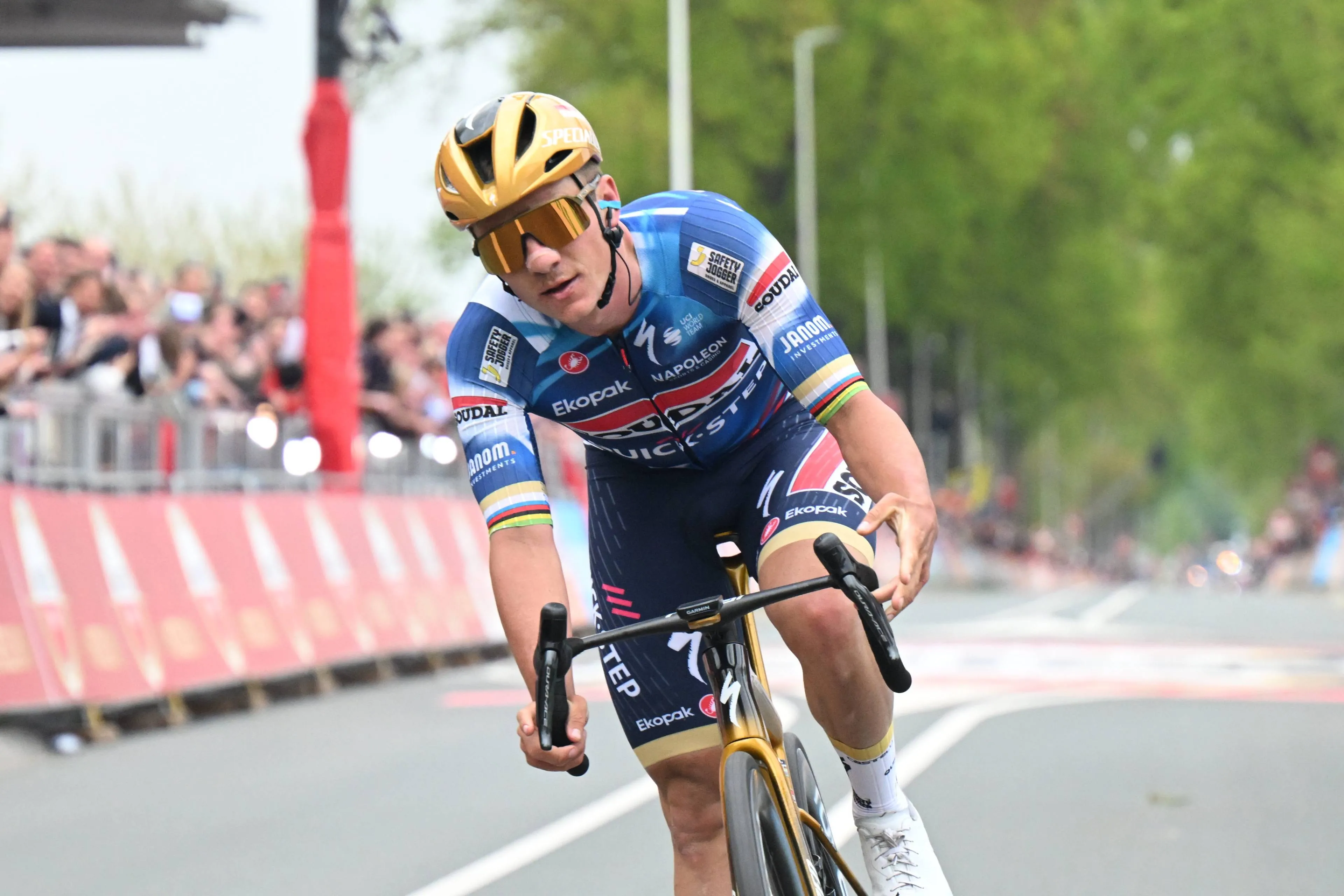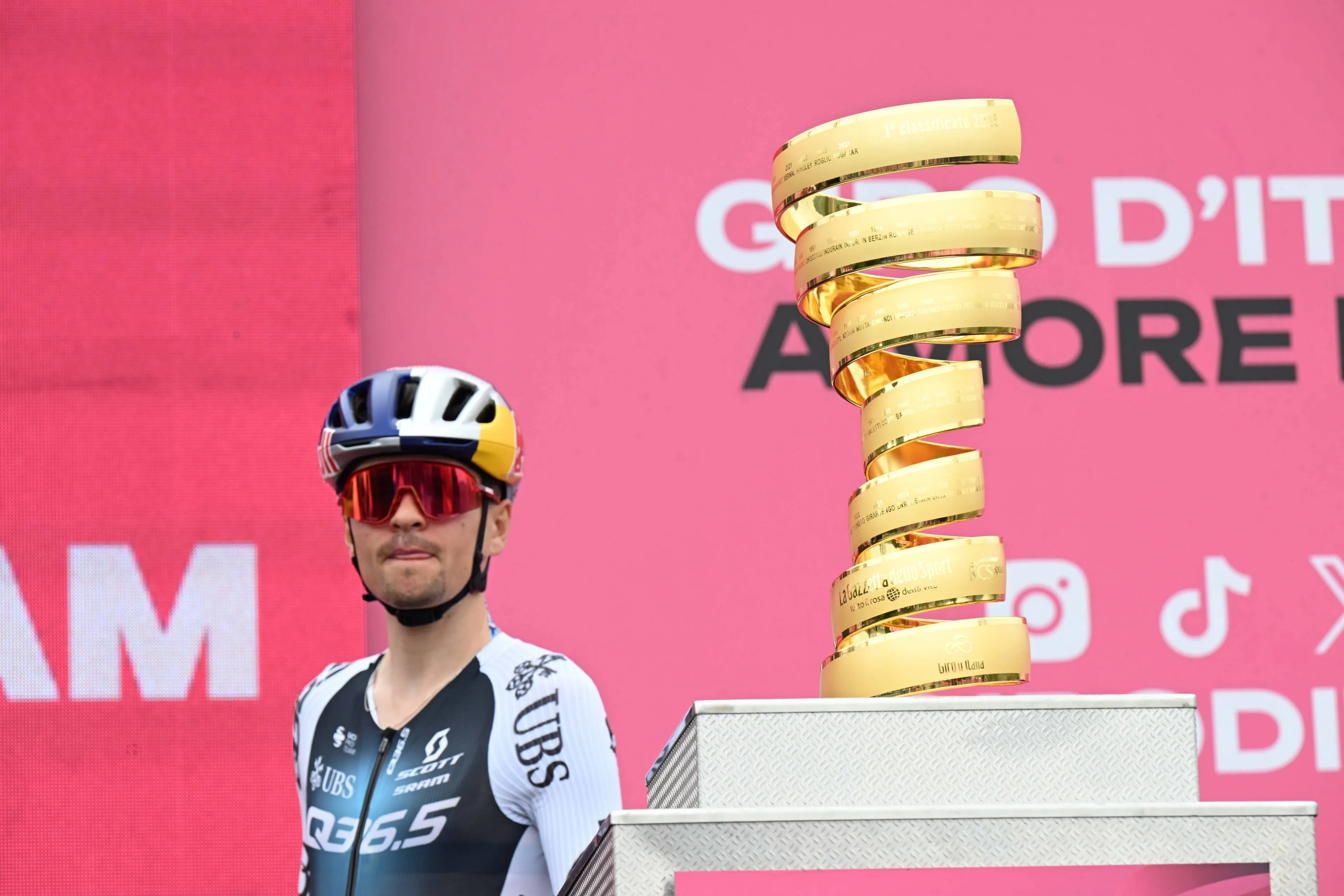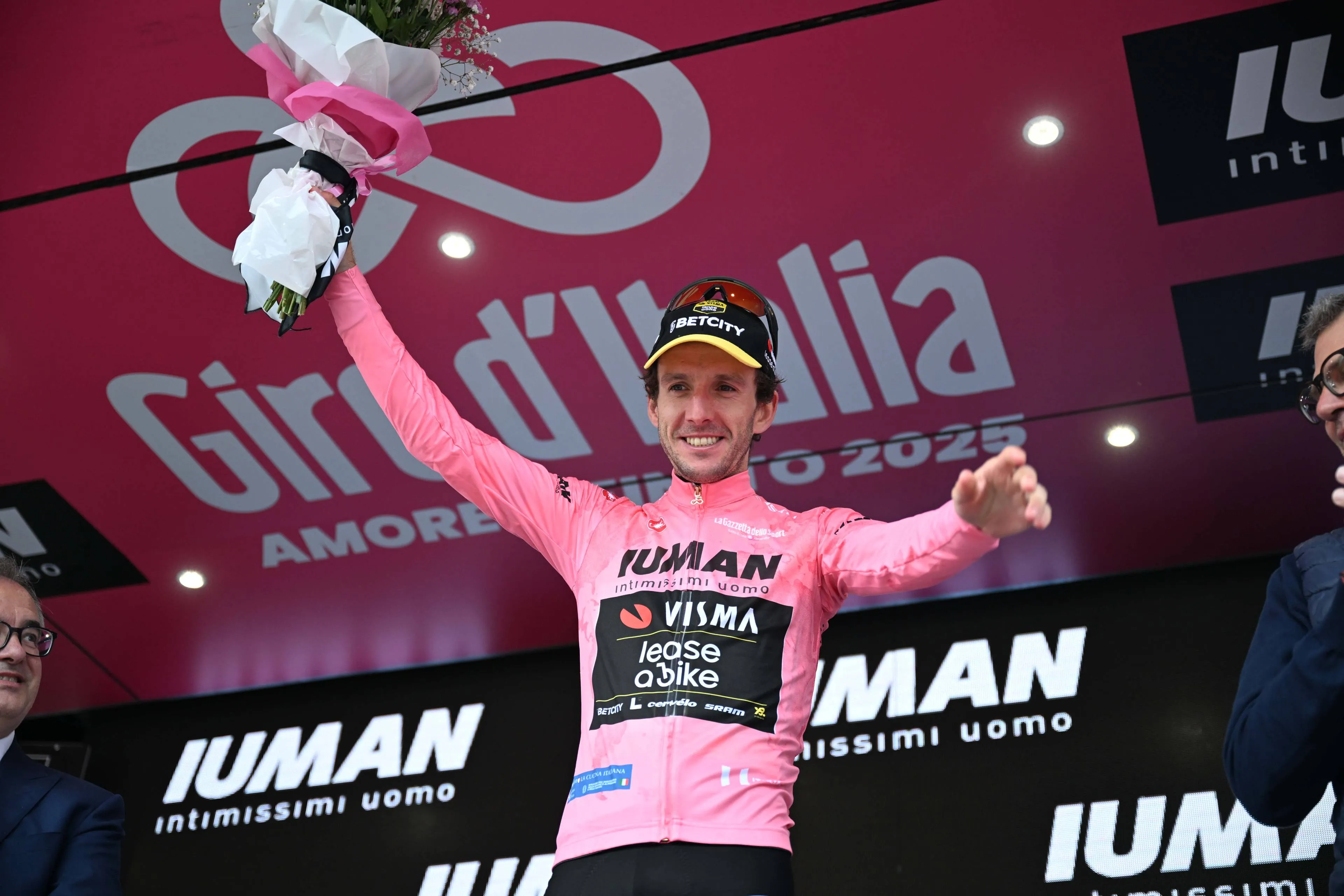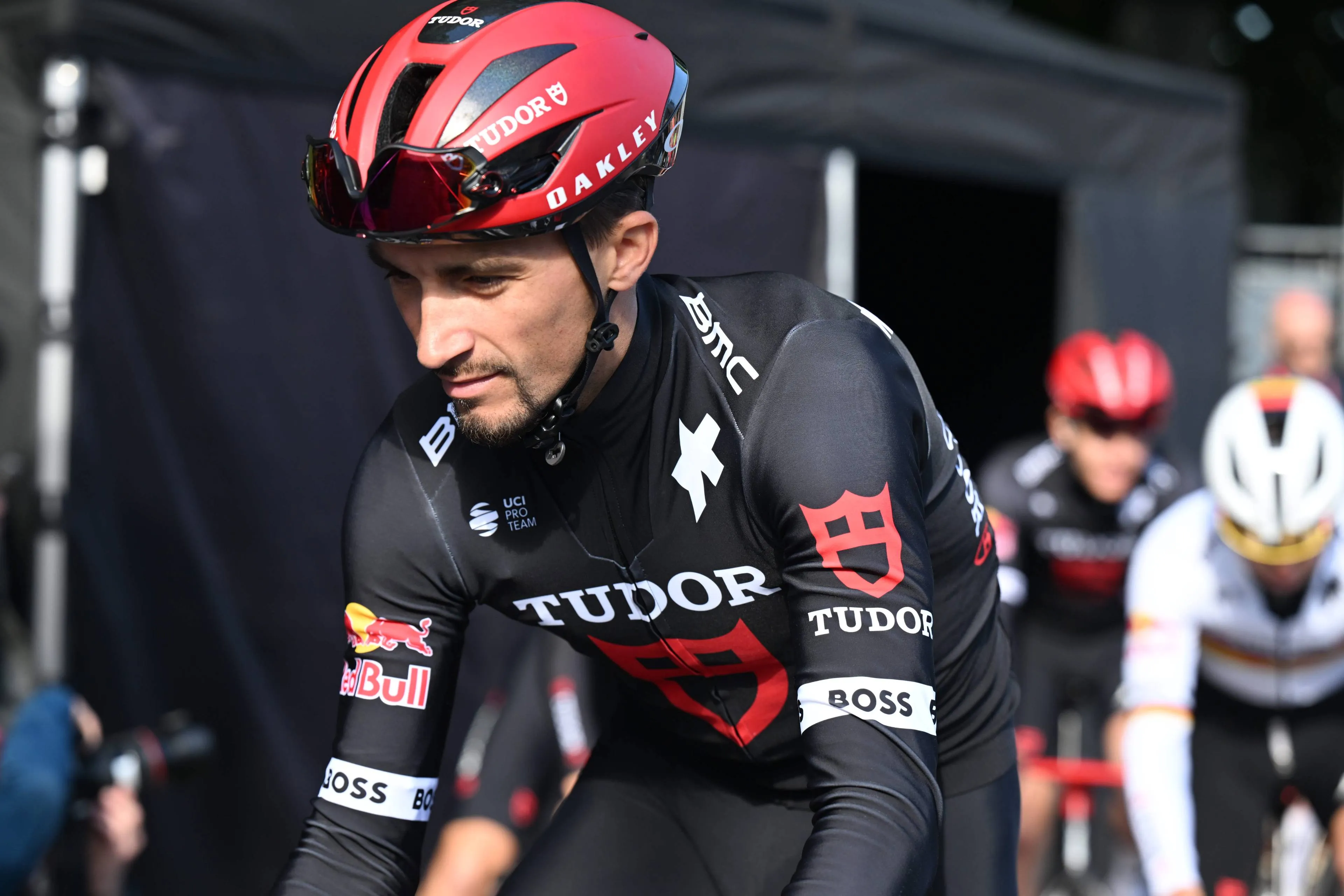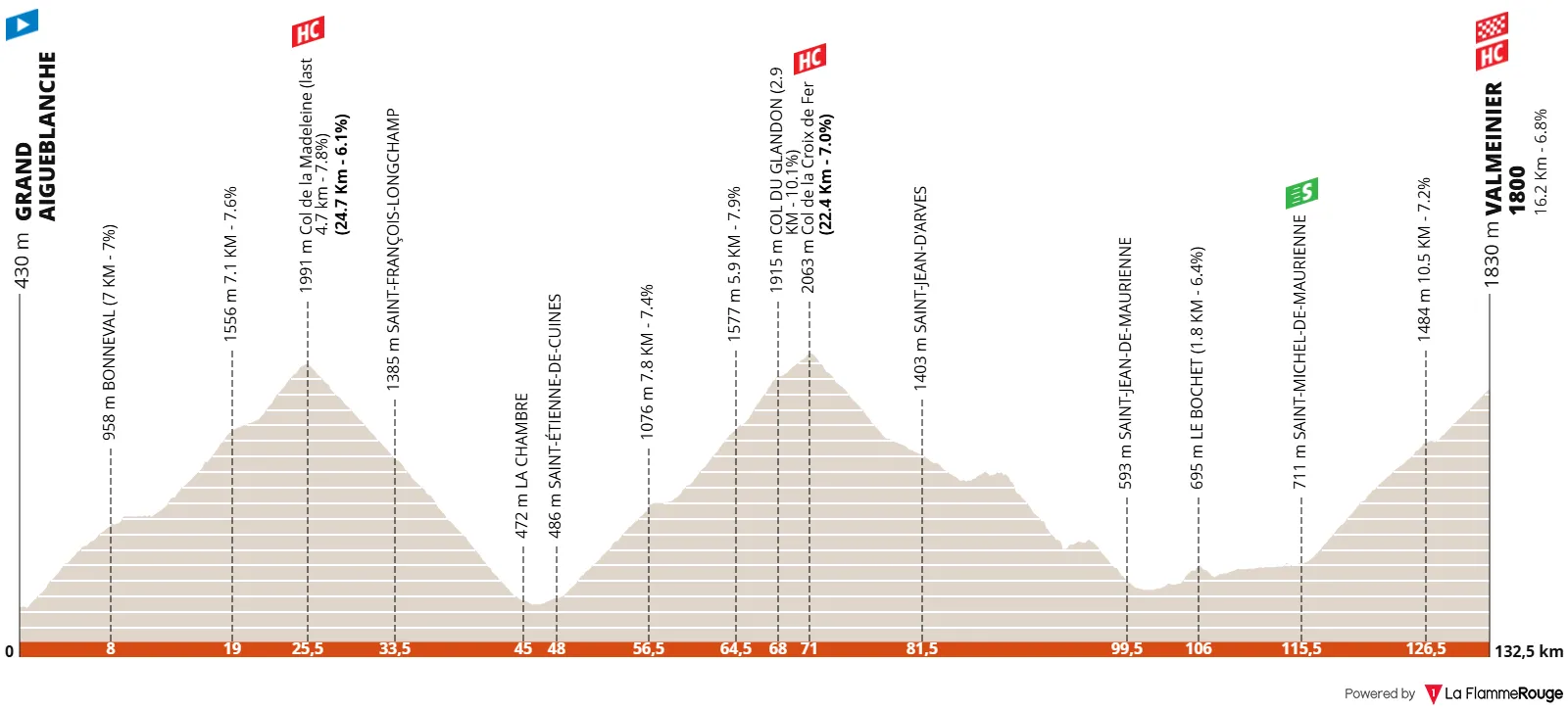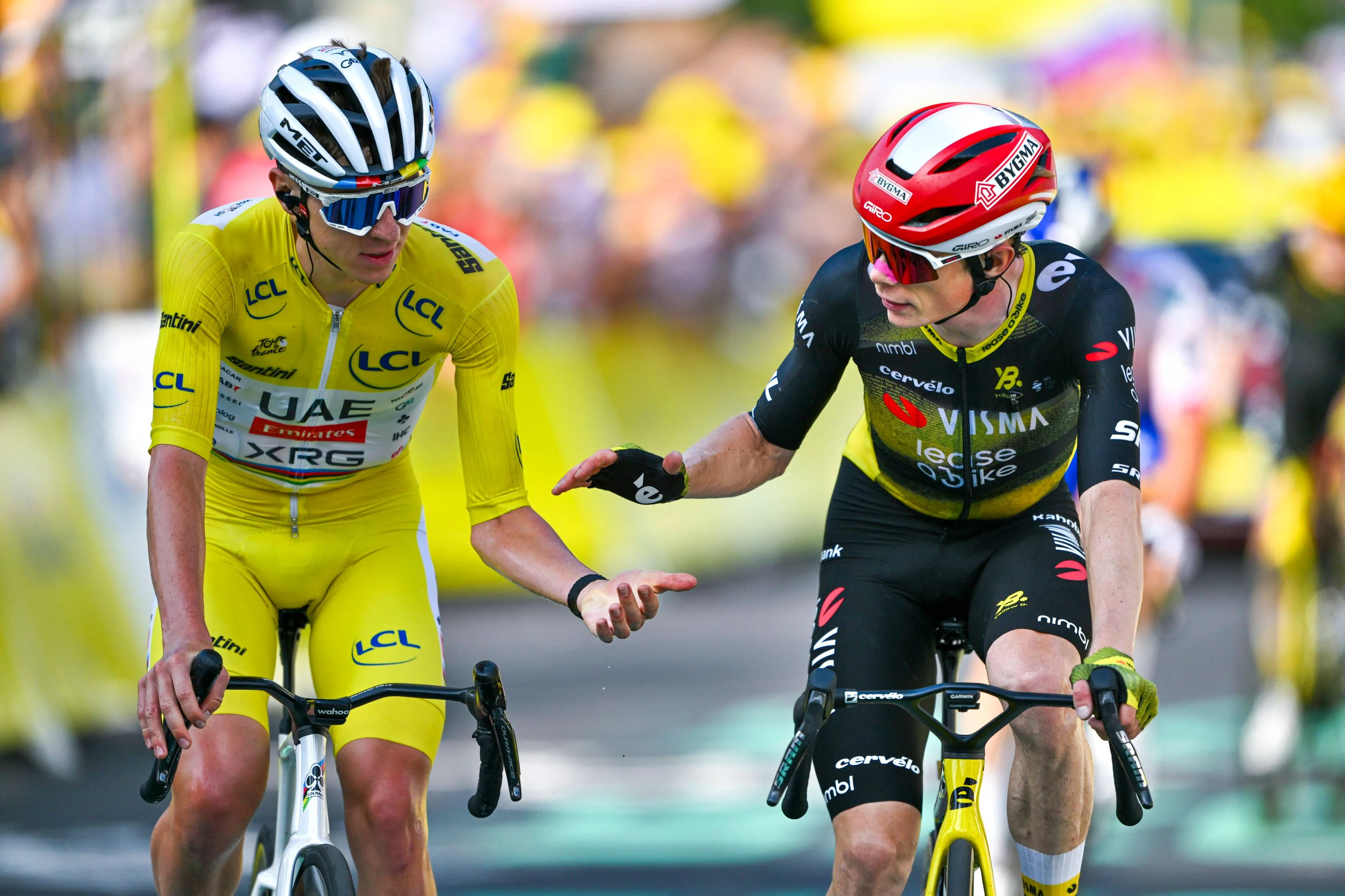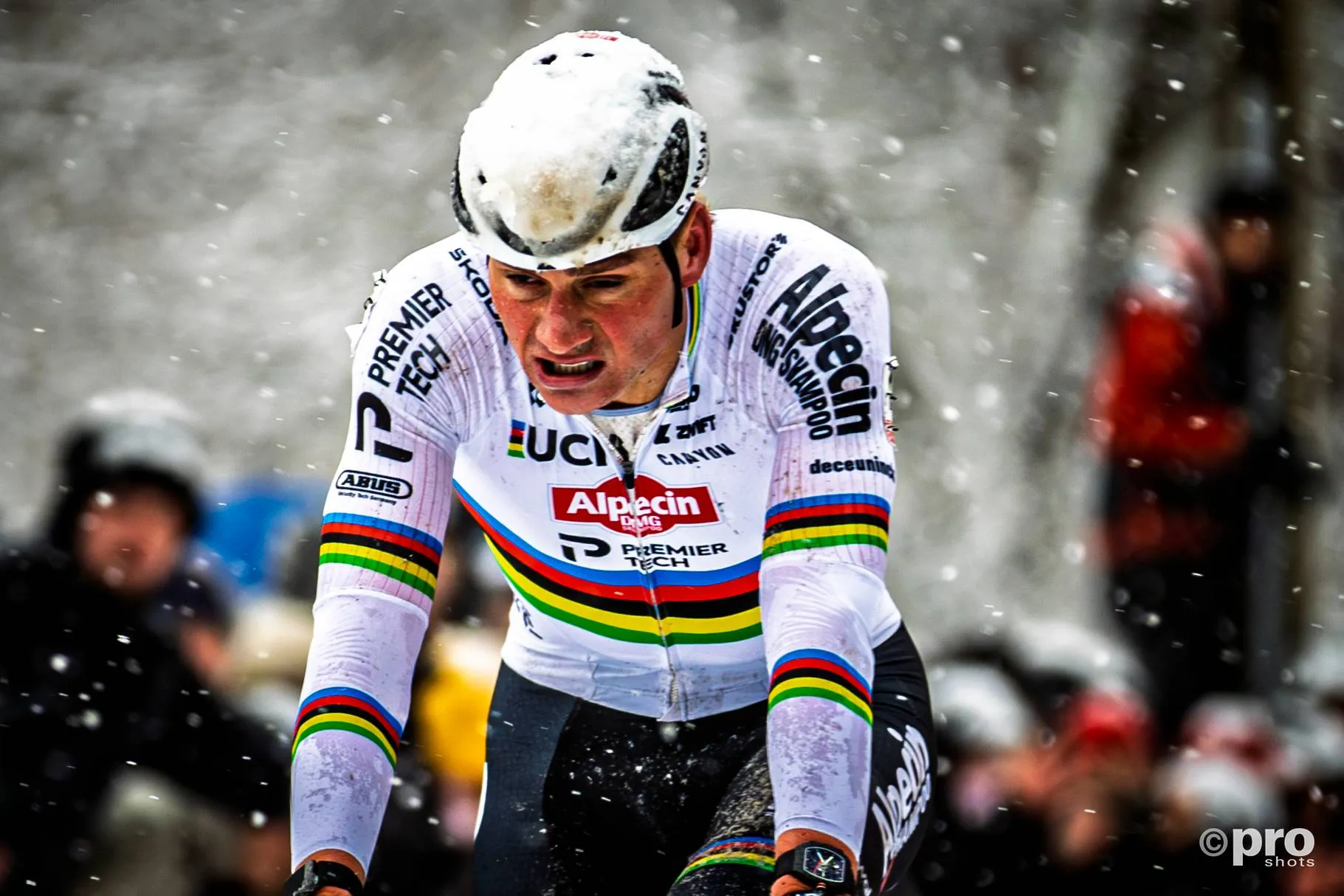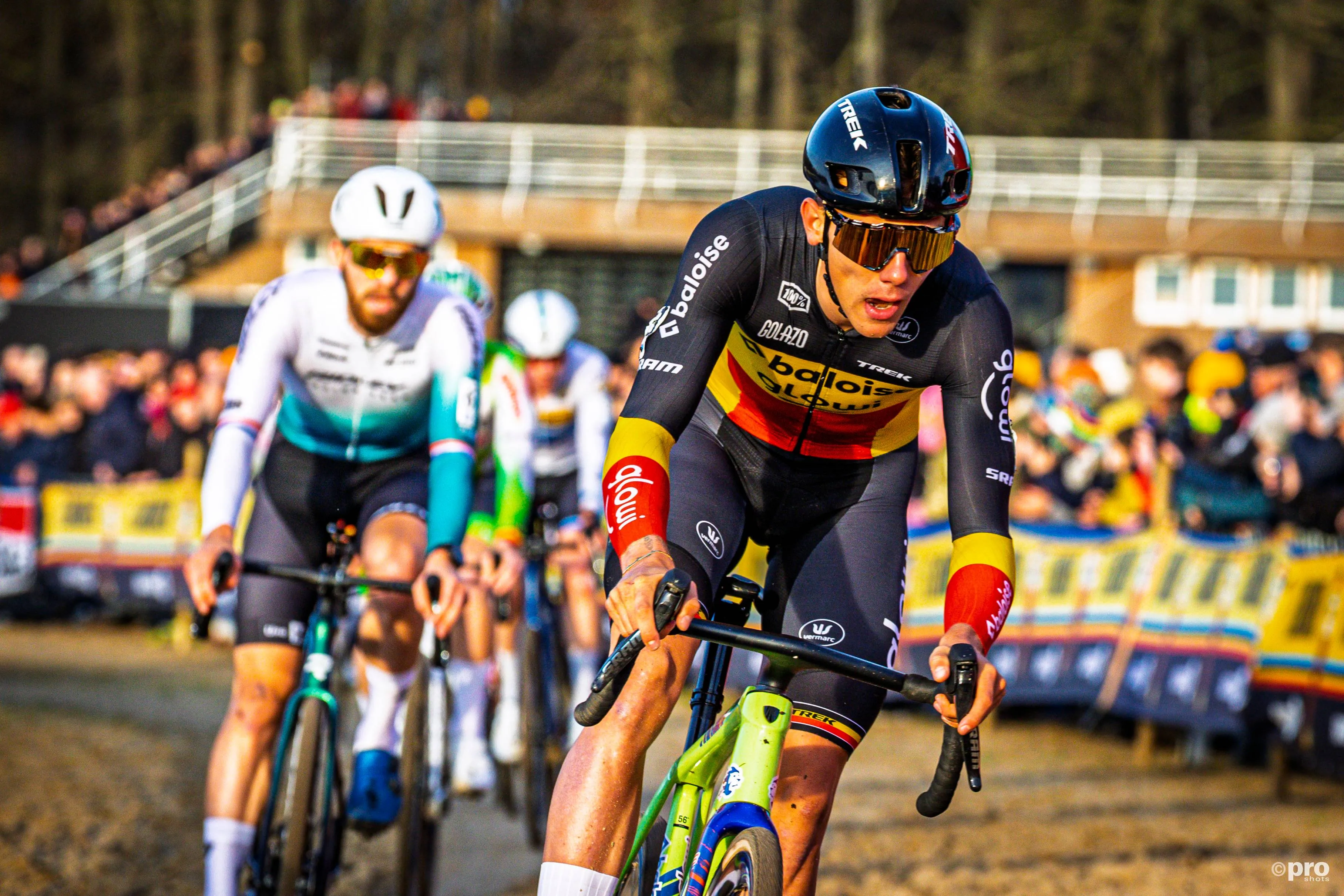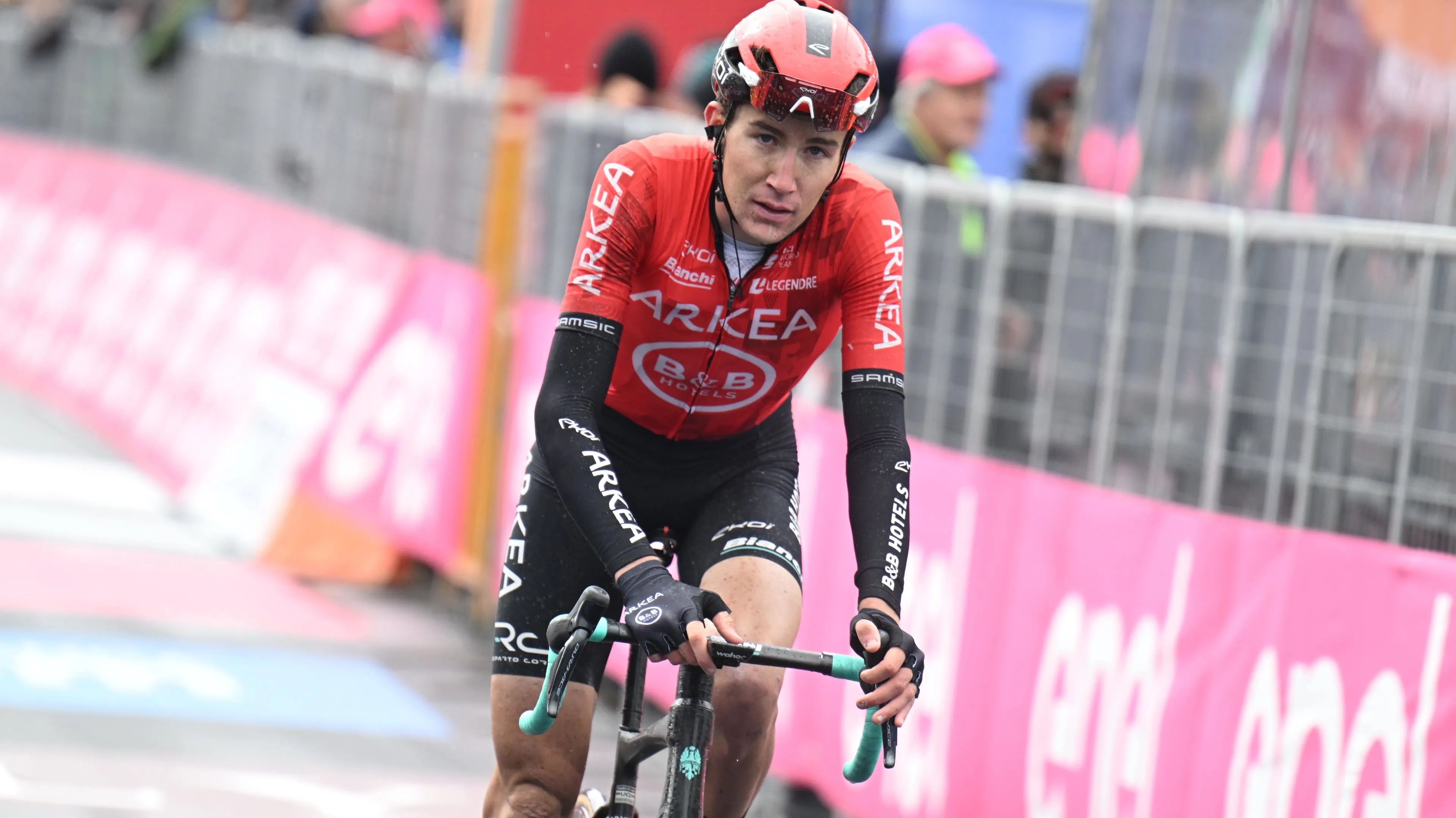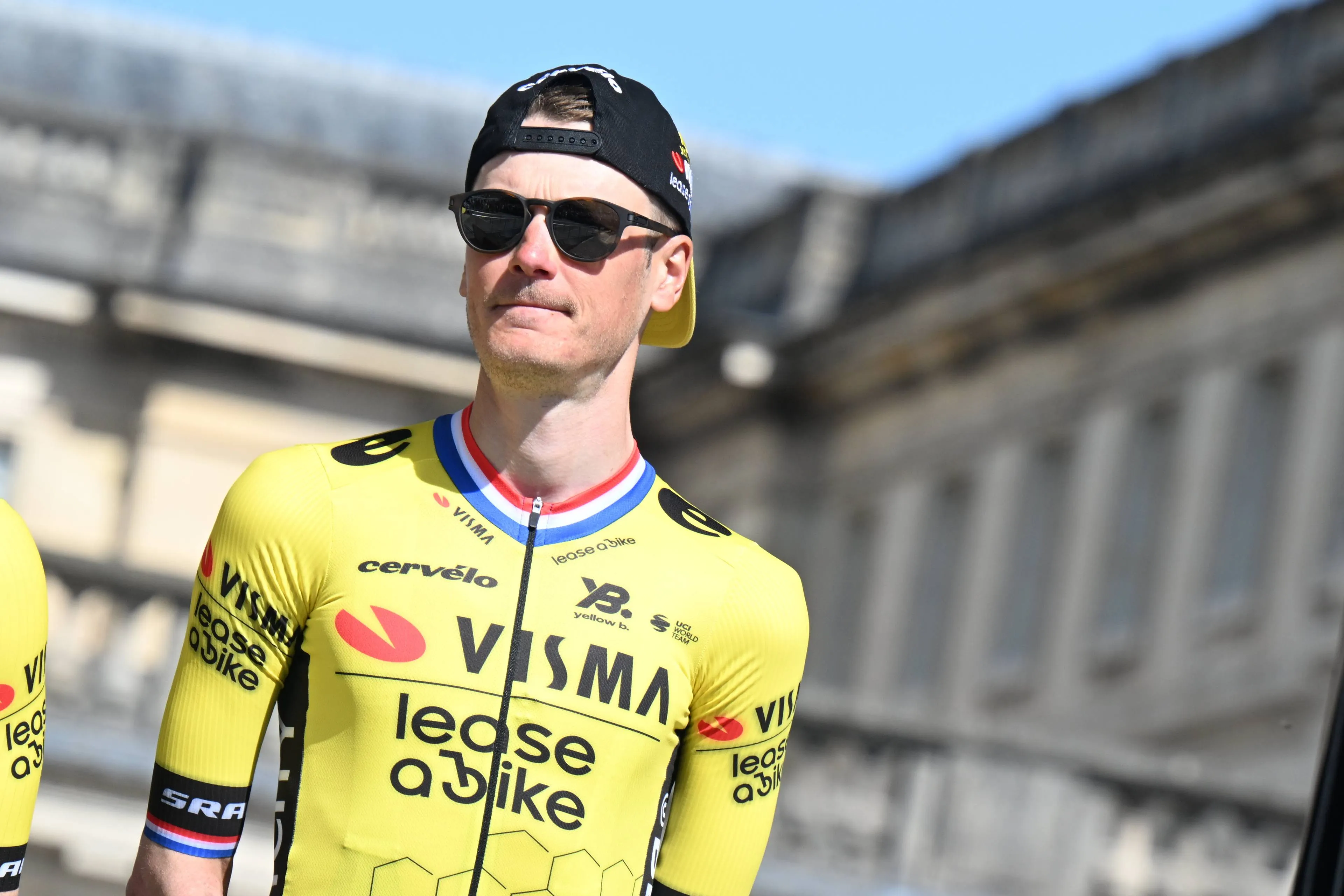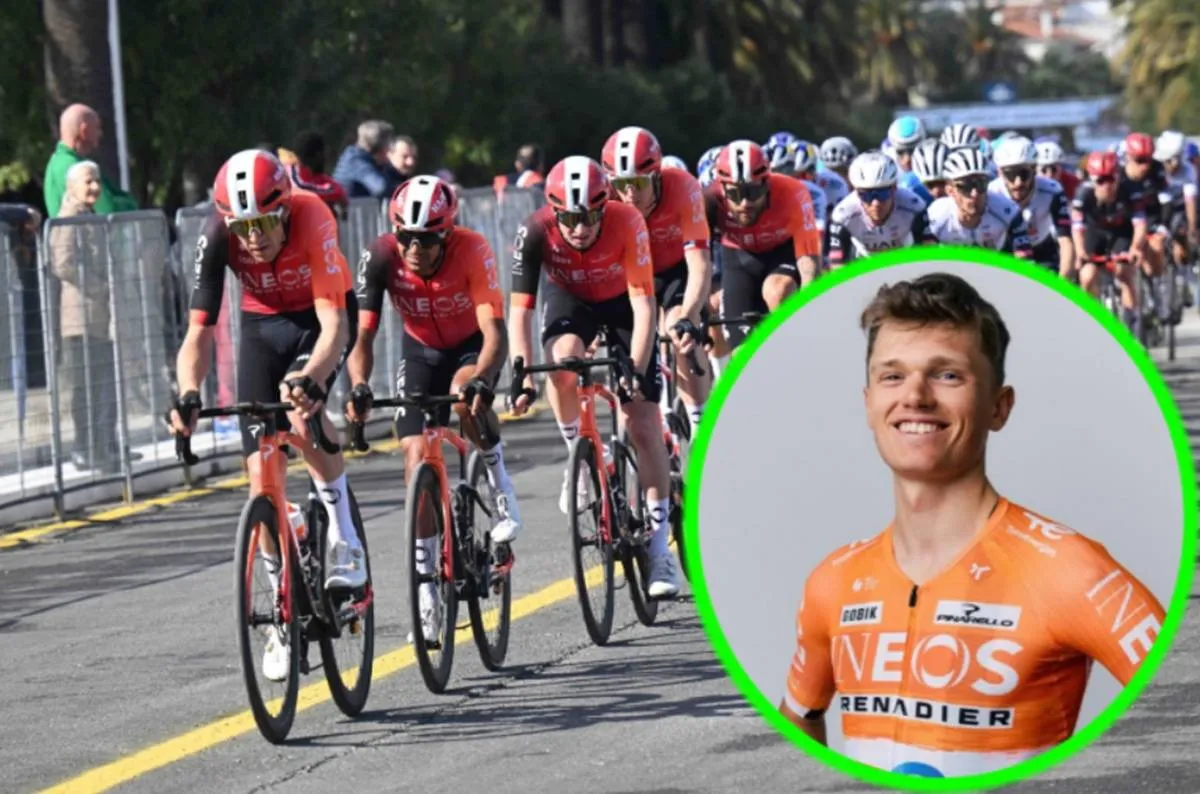“Yates was the most sober” – Cyrille Guimard dissects Giro and previews Pogacar, Vingegaard and Evenepoel’s Dauphine showdown
CyclingWednesday, 04 June 2025 at 10:30
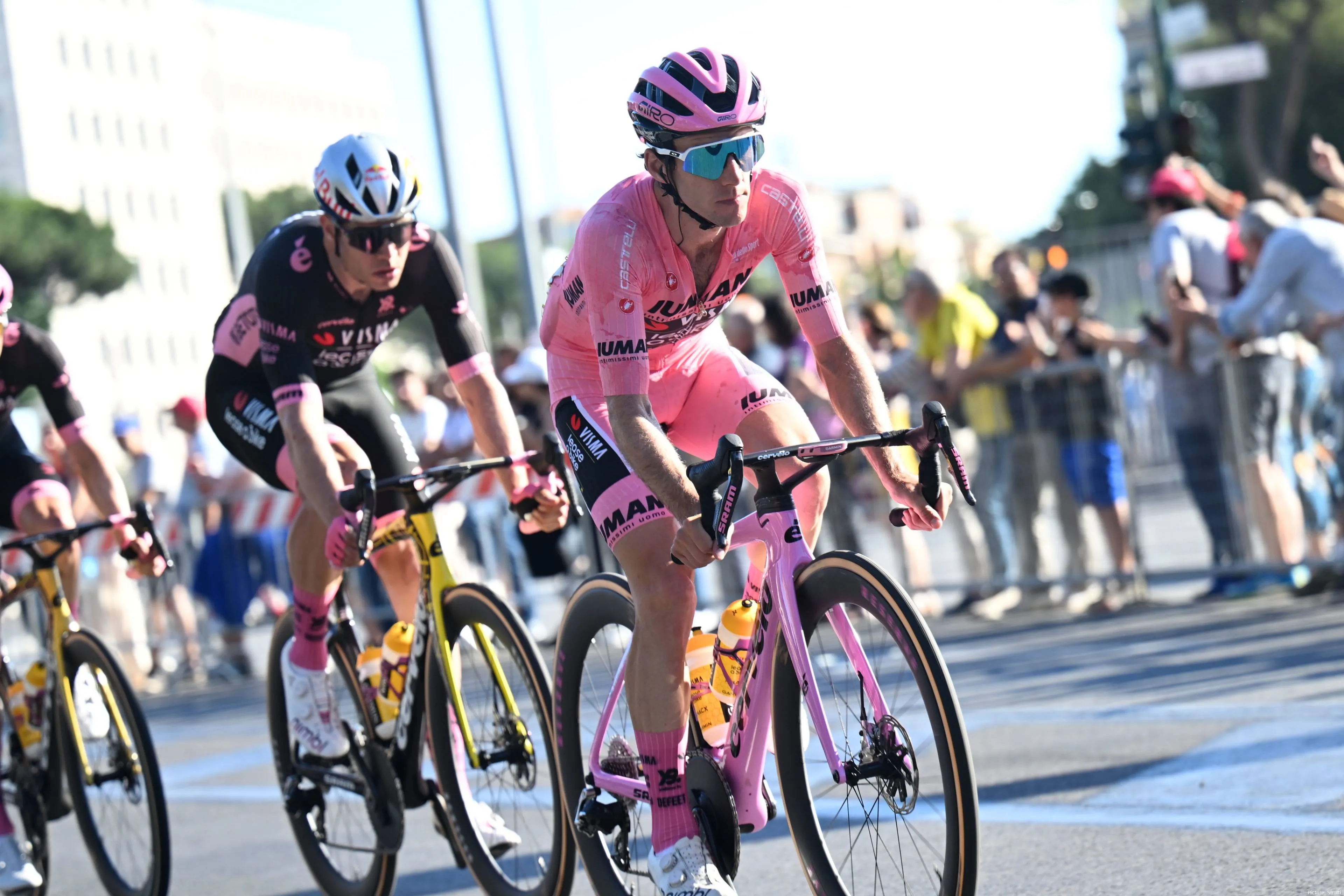
Simon Yates’s stunning victory at the 2025 Giro d’Italia
continues to generate conversation across the cycling world. But few offer
analysis as nuanced, or as cutting, as Cyrille Guimard, the former sporting
director, commentator, and one of the most experienced minds in the sport.
Speaking to Cyclism’Actu, Guimard provided a wide ranging debrief on a
race that began with hype around youth and ended with a veteran riding the
smartest race of his life.
So what did the expert really think?
At the heart of Guimard’s analysis between the emotional
hype surrounding young talents like Isaac Del Toro and the old school strategic
maturity shown by Yates and his team, Team Visma | Lease a Bike.
Read also
“The one who was the most sober throughout this Giro was
Yates,” Guimard noted. “He only moved twice throughout the entire Giro, he was
almost forgotten as a real opponent for the win.”
That quiet patience turned out to be Yates’s greatest
strength. As Del Toro and Richard Carapaz engaged in a tactical chess match, one
that increasingly looked like a standoff rather than a fight, Yates waited,
conserved energy, and struck precisely when it mattered most: on the Colle
delle Finestre, with Wout van Aert waiting ahead.
Guimard doesn’t absolve Del Toro and Carapaz of
responsibility for the result. On the contrary, he sees clear strategic
failure.

Did Carapaz and del Toro throw the race away?
“When Yates went out, one, he had the legs, and behind him,
who made the effort? Carapaz or Del Toro? Logically, it’s Del Toro who has to
do it, because he’s the one with the jersey. If Del Toro holds back, it’s
because he doesn’t have the legs to go after it.”
That moment, when neither rider responded, when they
hesitated and fell into a game of chicken, was the defining collapse of the
Giro. In that hesitation, Yates did not just attack with a short burst, he
vanished. By the time the chasers realised the danger, van Aert had begun his
hour-long career-best pull, and the pink jersey was gone.
Guimard also suggests that this strategic passivity was a
symptom of broader pressure, particularly on the young UAE team of Del Toro and
Ayuso.
Read also
“There was such excitement around the youngsters that they
perhaps had a little trouble handling the pressure, as well as the strategic
aspect,” he observed. “There was a moment when Ayuso and Del Toro were, whether
we say it or not, in opposition... That’s not what was planned at the start.
The emotional burden and the pressure on these two riders... in my opinion it
cost dearly.”
Del Toro in particular, he believes, may have been trying to
emulate the all-conquering Tadej Pogacar, a comparison frequently made during
the Giro.
“Yes, so Pogacar, because of his performances, but
especially the way he goes after his victories, by obligation, there is a
desire to mimic,” Guimard said. “More and more, we see riders attacking far
from the finish, taking risks, and sometimes it works... But if he loses, in my
opinion, that’s not it.”
Read also
The implication here is subtle but important. Pogacar’s
style may be thrilling and successful, but copying it without the same physical
supremacy is a strategic trap, one that Del Toro fell into. After all, Pog is
truly one of a kind…
And yet, Guimard’s tone is not cynical. There is admiration
for Del Toro’s ambition, for his willingness to try, and even for the
unpredictability that the Giro continues to provide.
“The Giro is an event where there are many more
breakaways... stages that are more interesting than what we can have in the
Tour de France, which is still a little too locked down,” he said. “There,
there is movement and it’s interesting to follow.”
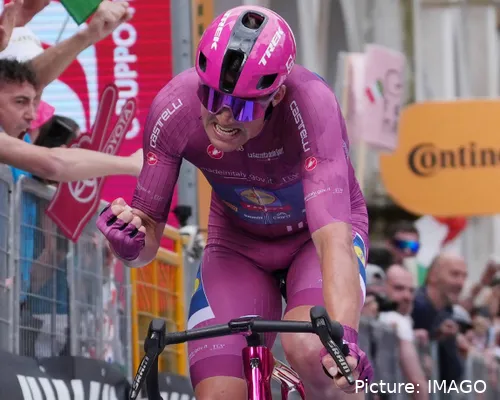
Pedersen was the highlight of week 1 of the Giro
But alongside that praise, Guimard poses a larger question
about the structure of modern racing. Referring to Mads Pedersen’s dominance in
the points classification, he wonders what these “secondary classifications”
really contribute to the competition.
“Do these secondary classifications... correspond to
something that can be used for something in the course of the race? I have the
impression that we should perhaps think about the model of these secondary
classifications in the future.”
Pedersen’s brilliance in the sprints was undeniable, but
Guimard’s point is that this kind of parallel competition, while rewarding
consistency, may be drifting from the heart of the racing narrative. If a rider
like Yates, who didn’t win a stage, can win the Giro, and a rider like
Pedersen, who dominated multiple days, still finishes with limited impact on
the overall picture, perhaps there’s a structural question worth asking.
Read also
He’s not alone in raising this. But was it still not amazing
to see Pedersen at his very best, especially in week 1?
Still, if there was one figure who transcended both
structure and narrative, it was Wout van Aert. Guimard gives the Belgian full
credit for the pivotal role he played on the Finestre.
“Who thinks that Van Aert will pass the Finestre like he
did? And to be able to ride so fast after?” Guimard asked. “But, after
analysis, when the race is over, yes, it was a mistake [to let him go].”
The combination of Yates’ timing and van Aert’s power was
simply too much. The fact that this move echoed past editions, “Hinault, he
also won a Giro d’Italia that way,” Guimard recalls, only reinforces how
timeless this tactic is: let one man go up the road, have him wait, and
detonate the race from behind.
Read also
Guimard’s final thoughts turn to the Dauphiné, where
Pogacar, Vingegaard, and Evenepoel will race together for the first time since
the 2024 Tour. And once again, he injects caution into the preview.
“Just because you won the Dauphiné ahead of Vingegaard...
doesn’t mean you’ll win the Tour,” he warned. “We’re facing riders who are
coming off work blocks. Vingegaard, we don’t even know if he has raced since
the beginning of the year.”
That’s not a dismissal, but a reminder. In modern cycling,
preparation matters more than race days. Evenepoel knows this very well, as in
last year’s Dauphine he was dropped on the climbs, but a month later he was on
the Tour podium.
“We’ll still have clues, but we have to look around, not in
the middle.”
Read also
claps 3visitors 3
Just in
Popular news
Latest comments
- Jonas has a completely different personality than Pogi. Pogi can handle the pressure on all terrains. Pogi also loves his peace and quiet. And by the way, you can have your Casio watch. I will take several of the Richard Mille watches. Pogi is charismatic and humble, and always thanks his teammates for everything they sacrifice for him. Jonas probably does the same, but is much more private. Both are great, great riders, and I can't wait for The Tour De France this year! We are going over for two weeks. Go Pogi!
 QPSQUANTUM10-01-2026
QPSQUANTUM10-01-2026 - That's a lotta cash. He better live up to potential.mobk09-01-2026
- they be stupid Ineosabstractengineer09-01-2026
- Wow, sad and unlucky indeed if he can’t even cycle recreationally as a result of this.mobk09-01-2026
- That's right, Giannetti said that Almeida and Ayuso asked to go to the 2024 TdF. They told them that Tadej was the only captain then if they went, they would be domestiques. Both accepted. Almeida kept his word, but Ayuso was a traitor. As soon as he realized he couldn't play his game , hiding at the back of the peloto, watching his classification, he got "COVID" (in summer, at 40 °C), leaving his team with a man less.
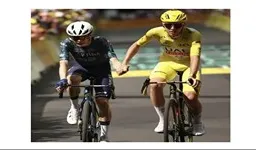 maria2024202409-01-2026
maria2024202409-01-2026 - if anyone can compete with Tadej and Mathieu that is.mij09-01-2026
- no one has an answer for those twomij09-01-2026
- sorry for him, must be toughmij09-01-2026
- just a boneheaded move to watch yates ride away in that initial 100m of his attack. it wasn’t that blistering. Del Toro and Carapaz just watched with no response.mij09-01-2026
- Health comes first on every occasion, for the sport this is disappointing I can't imagine how disappointing is for Eli. Wish him all the best.slappers6609-01-2026
Loading
Write a comment

